Medically Reviewed by Dr. Lisa Hartford, MD
Introduction: When the Eyes Start Telling Stories
There comes a moment in midlife when your mirror stops being just a mirror and turns into a narrator. It begins to tell stories you may not feel ready to share. The laugh lines by your mouth are one story, the softness around your jaw another. But the most insistent narrator is usually the under-eye area. It speaks loudly of late nights, of years of sun exposure, of every squint and smile, and sometimes of pure genetics. At fifty, sixty, or seventy, even if you feel sharp, energetic, and rested, your under-eyes might betray you.
You’ve probably already tried the usual tricks. The cucumber slices. The tea bags. The expensive jar of cream that promised miracles but sat politely on your skin before vanishing into nothing. Concealer works until it cakes, and chilled spoons work until they don’t. And that’s the frustration: most of these methods soothe but rarely transform.
This is why dissolving microneedle patches—often called micro-infusion eye patches—have caught so much attention. They are tiny, they sound futuristic, and they’re not just another cream in a pretty jar. They pierce, dissolve, and deliver. It feels like a little science fiction for your bathroom, except the science is very real. For a mature audience who wants more than surface hydration, these patches offer something creams rarely can: direct delivery of active ingredients into the upper layers of the skin.
But before you rush to buy, it helps to understand what’s at stake, what these patches can and can’t do, and how to choose between the many options now on the market. This guide is written for you—the person who has tried plenty, who is tired of empty promises, and who wants something grounded in science but presented in plain, human language.
Why the Under-Eye is Such a Trouble Spot
The under-eye area is famously fragile. Dermatologists will tell you that it’s thinner than almost anywhere else on your face, roughly half a millimeter compared to as much as two millimeters on the cheeks¹. That’s why fine lines show up earlier here and why puffiness and shadows can look exaggerated. There’s no cushion.
This fragility is compounded by the fact that the under-eye area produces less natural oil². Elsewhere on your face, sebaceous glands help keep the skin soft, supple, and resilient. Under the eyes, they are scarce. That means dryness creeps in quickly, and with it crepiness, irritation, and faster-forming lines.
Circulation also plays against you. The veins and capillaries under the eye sit closer to the surface³. When circulation slows with age or fatigue, those vessels show through. They create shadows, dark circles, and a tired look that isn’t always fixable with sleep. Add in the constant muscle activity from blinking and smiling⁴, and you have a zone that is working overtime without the natural defenses to keep it looking youthful.
By midlife, these factors converge. Collagen and elastin production have already declined⁵. Fat pads may shift, creating bags⁶. Skin thins further, making discoloration more visible⁷. The end result is an area that magnifies every small change. Which is why so many people, even those comfortable with other signs of aging, say the under-eye area is what bothers them most. It isn’t vanity—it’s the simple reality that this part of the face gives away fatigue and age more than almost anywhere else.
What Micro-Infusion Patches Actually Do
At first blush, the idea of “microneedles” near the eye sounds like something only a dermatologist should attempt. But dissolving microneedle patches are not syringes. They’re much gentler. Each patch is made up of hundreds of microscopic cones, often built from hyaluronic acid itself, hardened into a needle-like structure. When you press the patch under your eye, those cones painlessly enter the outermost skin layer—the stratum corneum—and then dissolve, releasing their cargo⁵.
Think of it this way: most creams are like guests knocking at the door. A few get inside, but most linger on the porch. Microneedle patches are like guests who actually step over the threshold. They don’t go deep enough to hit nerves or blood vessels, but they bypass the toughest barrier that usually keeps helpful ingredients out. What dissolves are not just the “needles” but also the actives embedded in them: hyaluronic acid for hydration, peptides for wrinkle support, vitamin C for brightness, and so on.
Clinical studies support the difference. A 2022 trial found that under-eye wrinkles treated with dissolving microneedle patches showed measurable reductions in wrinkle depth and improvements in dermal thickness after twelve weeks⁶. A 2024 comparative study looked at two patch designs—one with 250-micron needles, one with 350. Both produced visible improvements, and participants tolerated both well, though comfort varied slightly⁷. Another trial compared cream alone versus cream plus microneedle patch. The patch combo produced greater improvement in crow’s feet, showing that delivery really matters⁸.
Why Mature Skin Benefits the Most
Younger skin sometimes responds dramatically to creams alone. At twenty-five, hydration can erase a night out. At fifty, hydration alone rarely cuts it. That’s because the underlying architecture has changed. Collagen production declines roughly one percent per year after thirty⁹, and elastin drops even faster. Sebaceous activity decreases. Circulation slows. Damage accumulates. Mature skin is harder to trick with surface fixes.
That’s where micro-infusion patches shine. By physically getting actives past the top barrier, they give mature skin more of what it needs: hydration where it counts, peptides that signal deeper activity, and antioxidants that do more than sit idly on the surface. For a fifty-five-year-old executive trying to look awake on endless video calls, or a sixty-two-year-old retiree hoping to soften puffiness, or a seventy-year-old grandmother who wants her eyes to reflect her energy, these patches can offer visible change without the downtime or invasiveness of injections.
Ingredients Worth Knowing
Not all patches are created equal. Some are little more than hyaluronic acid pressed into cones. That’s not useless—hyaluronic acid can bind up to a thousand times its weight in water¹⁰ and plump lines temporarily—but hydration alone won’t address dark circles, uneven tone, or long-term texture.
More advanced patches add peptides. Acetyl Hexapeptide-8, sometimes called Argireline, is known as a “Botox-like” peptide that reduces the micro-contractions that form expression lines¹¹. Syn-Ake, a synthetic tripeptide, mimics the effects of snake venom peptides to relax wrinkles¹². These aren’t injections, but consistent use can soften crow’s feet.
Brighteners are another important class. Niacinamide, a form of vitamin B3, has been shown to improve tone, strengthen the barrier, and reduce pigmentation¹³. Vitamin C, particularly stabilized forms like 3-O-Ethyl Ascorbic Acid, brightens and supports collagen¹⁴.
Some patches even incorporate gentle retinoids. Hydroxypinacolone Retinoate (HPR) offers the benefits of retinoids without the irritation that traditional retinol can cause¹⁵ ¹⁶. Under the eyes, where sensitivity is high, this matters.
Botanical soothers like Centella Asiatica and licorice root help reduce puffiness and calm the area¹⁷. Tremella fuciformis, or snow mushroom, is often called “nature’s hyaluronic acid” for its ability to hold water¹⁸. Vitamin E provides antioxidant protection¹⁹.
The best patches combine several of these. They don’t just hydrate but also brighten, smooth, calm, and support long-term renewal.
How Patches Differ
If you browse the market, you’ll see three broad categories. First are the hydration-first patches. They focus on hyaluronic acid and are useful for a quick plump before an event but won’t do much long term. Second are the peptide-enhanced patches. These add wrinkle-softening peptides but may neglect issues like tone or puffiness. Third are the multi-functional patches. These combine hydration, peptides, brighteners, antioxidants, and gentle retinoids. They act like a mini skincare routine pressed into a patch.
Evenskyn’s Under-Eye Micro-Infusion Patches belong to this third category. They layer multiple forms of hyaluronic acid with peptides like Argireline, brighteners like niacinamide and vitamin C, soothers like Centella and licorice, and Hydroxypinacolone Retinoate for long-term collagen support. That makes them particularly suited to mature under-eyes, where the issues are rarely single-cause.
This doesn’t mean simpler patches are useless. A twenty-five-year-old with mild puffiness might be perfectly happy with hydration alone. But for a reader over fifty facing fine lines, sagging, and dark circles together, multi-functional formulas are worth the investment.
What to Expect Over Time
If you try these patches once or twice, you’ll likely notice a hydration surge. The under-eye area looks smoother and slightly plumper, puffiness may reduce, and there’s a subtle brightness. This makes them great before a reunion, a wedding, or a big presentation.
After two to four weeks of consistent use, fine lines often soften, dark circles appear lighter, and the texture improves. Friends might comment that you look rested, even if your sleep schedule hasn’t changed.
After eight to twelve weeks, studies show deeper improvements: wrinkle depth decreases, elasticity improves, and the under-eye area looks firmer⁶ ⁷ ⁸. These aren’t overnight miracles, but they are realistic, cumulative gains.
Safety, Myths, and Realities
Let’s address the elephant in the room: the word “needle.” Many people recoil at the idea of needles near the eye. But these are not hypodermic injections. They are microscopic cones that rarely even trigger pain receptors. Most people describe the sensation as a faint prickling or the feeling of Velcro for the first few minutes, then nothing.
Another concern is damage. Could poking the skin repeatedly cause harm? Studies suggest not. The needles dissolve into the skin, don’t penetrate deeply enough to hit nerves or blood vessels, and are made from biocompatible materials⁸. Temporary redness is possible in sensitive users, but significant adverse events are rare.
The biggest myth is that if they are strong enough to work, they must be unsafe for mature skin. In fact, the opposite seems to be true. Mature skin often shows the most visible benefits, precisely because its barrier is harder to penetrate with creams alone⁶.
Lifestyle Still Matters
Even the most advanced patch won’t fix everything if lifestyle habits undermine it. Poor sleep accelerates signs of skin aging and weakens the barrier²⁰. Sun exposure remains the number one driver of under-eye aging²¹ ²². Stress increases cortisol, which breaks down collagen²³.
This doesn’t mean you need a perfect lifestyle to see results. But it does mean patches work best as part of a broader strategy. Protect your eyes with sunglasses and sunscreen. Prioritize rest. Manage stress in whatever way works for you. And eat in a way that nourishes your skin—hydration, antioxidants, and moderation with salt and alcohol.
Beyond Patches: How They Compare
Compared to creams and serums, patches penetrate better and deliver more visible results. Compared to at-home microneedling devices, they are easier, safer, and require no technique. Compared to injections or fillers, they are less dramatic but also non-invasive, less costly, and lower risk. They sit comfortably in the middle: stronger than creams, more accessible than procedures.
The Ingredient List in Plain Language
The Evenskyn patches you’re considering are packed with Aqua, Glycerin, Niacinamide, Trehalose, Dipotassium Glycyrrhizate, 3-O-Ethyl Ascorbic Acid, multiple forms of Hyaluronic Acid, Tremella extract, Centella Asiatica, Sodium Heparin, Acetyl Hexapeptide-8, Hydroxypinacolone Retinoate, Syn-Ake, Vitamin E, and more.
Translated, that means deep hydration from different sizes of hyaluronic acid molecules and tremella mushroom⁹ ¹⁸. Brightening from niacinamide and vitamin C¹³ ¹⁴. Wrinkle softening from peptides like Argireline and Syn-Ake¹¹ ¹². Long-term support from a gentle retinoid derivative¹⁵ ¹⁶. Soothing from Centella and licorice¹⁷. Protection from vitamin E¹⁹. And clever delivery agents like dimethyl isosorbide to help actives penetrate, plus film-forming polymers to hold the patch in place²⁴ ²⁵.
It’s not about one magic bullet but about layering benefits. Hydration and plumping right away, signaling peptides and brighteners over weeks, retinoid-driven collagen support over months.
Shopping Without Stress
So how do you choose? Think of it this way. If your main issue is temporary puffiness, hydration-only patches may be enough. If you want to soften crow’s feet, peptides are essential. If you want to tackle dark circles, brighteners help. If you want to address several concerns at once and you’re over fifty, multi-functional formulas with hydration, peptides, brighteners, antioxidants, and a gentle retinoid are the most sensible bet.
A Weekly Rhythm That Works
A practical rhythm for most readers is this. In the morning, use a vitamin C serum, moisturizer, and sunscreen. In the evening, cleanse gently and use a peptide or niacinamide cream. Once or twice a week, replace your usual evening product with micro-infusion patches, leaving them on for at least two hours or overnight. Treat the area kindly, avoid harsh rubbing, and give the patches consistency to show their full effect.
Conclusion: A Small Patch with a Big Impact
Micro-infusion patches are not magic wands, but they are one of the most exciting evolutions in at-home skincare. They are discreet, non-invasive, and surprisingly effective for a problem area that has frustrated generations. For mature readers, they offer more than hydration: they offer brightness, smoother texture, and the kind of cumulative change you can see and feel.
Evenskyn’s patches belong to the new generation of multi-functional formulas. They combine hydration, peptides, brighteners, antioxidants, and gentle retinoids to support the under-eye area in a way that reflects how skincare itself has evolved. They are not about turning back time. They are about helping your eyes reflect the vitality, energy, and life you still feel inside.
References
1 Jeong KM, et al. Ultrasonographic analysis of facial skin thickness in healthy adults. 2023.
2 Zouboulis CC, et al. Current aspects of sebaceous gland biology and function. 2016.
3 Vrcek I, et al. Infraorbital Dark Circles: Pathogenesis, Evaluation and Treatment. 2016.
4 Roberts WE. Periorbital Hyperpigmentation: Etiology, Evaluation, and Treatment. 2014.
5 Shin SJ, et al. Clinical safety and efficacy of a dissolving microneedle for deep wrinkles. 2024.
6 Jang D, et al. Magnesium microneedle patches for under-eye wrinkles: 12-week clinical outcomes. 2022.
7 Arepagorn A, et al. Comparative efficacy and safety of 250 μm vs 350 μm microneedle patches on under-eye skin. 2024.
8 Hong JY, et al. Hyaluronic acid microneedle patch for improvement of crow’s feet; patch plus cream vs cream alone. 2018.
9 Papakonstantinou E, et al. Hyaluronic acid: A key molecule in skin aging. 2012.
10 Henseler H, et al. Objective effects of Argireline in a HA-based serum on wrinkles. 2023.
11 Aruan RR, et al. Double-blind randomized trial: Acetylhexapeptide-3 vs palmitoyl pentapeptide-4 for crow’s feet. 2023.
12 Nguyen TTM, et al. Non-invasive Botox-like peptides: a review. 2024.
13 Bissett DL, et al. Niacinamide improves aging facial skin appearance. 2005.
14 Humbert PG, et al. Topical Vitamin C in photoaged skin: clinical and ultrastructural improvement. 2003.
15 Mukherjee S, et al. Retinoids in the treatment of skin aging. 2006.
16 Kruger L, et al. Topical Hydroxypinacolone Retinoate–Peptide complex: 16-week efficacy and tolerance. 2024.
17 Bylka W, et al. Centella asiatica in dermatology: overview of wound-healing and microcirculation effects. 2014.
18 Ma X, et al. Tremella polysaccharides: structure and bioactivities. 2021.
19 Thiele JJ, et al. Vitamin E in human skin: physiology and dermatologic considerations. 2007.
20 Oyetakin-White P, et al. Does poor sleep quality affect skin ageing? 2015.
21 Fisher GJ, et al. Molecular basis of sun-induced premature skin ageing. 1996.
22 Quan T, et al. Matrix-degrading metalloproteinases in photoaging. 2009.
23 Slominski AT, et al. Key role of CRF in the skin stress-response system. 2013.
24 Ng KW, et al. Penetration enhancement of
topical formulations including DMI. 2018.
25 Gonçalves RC, et al. Carboxymethyl chitosan hydrogels and wound-healing behavior. 2021.

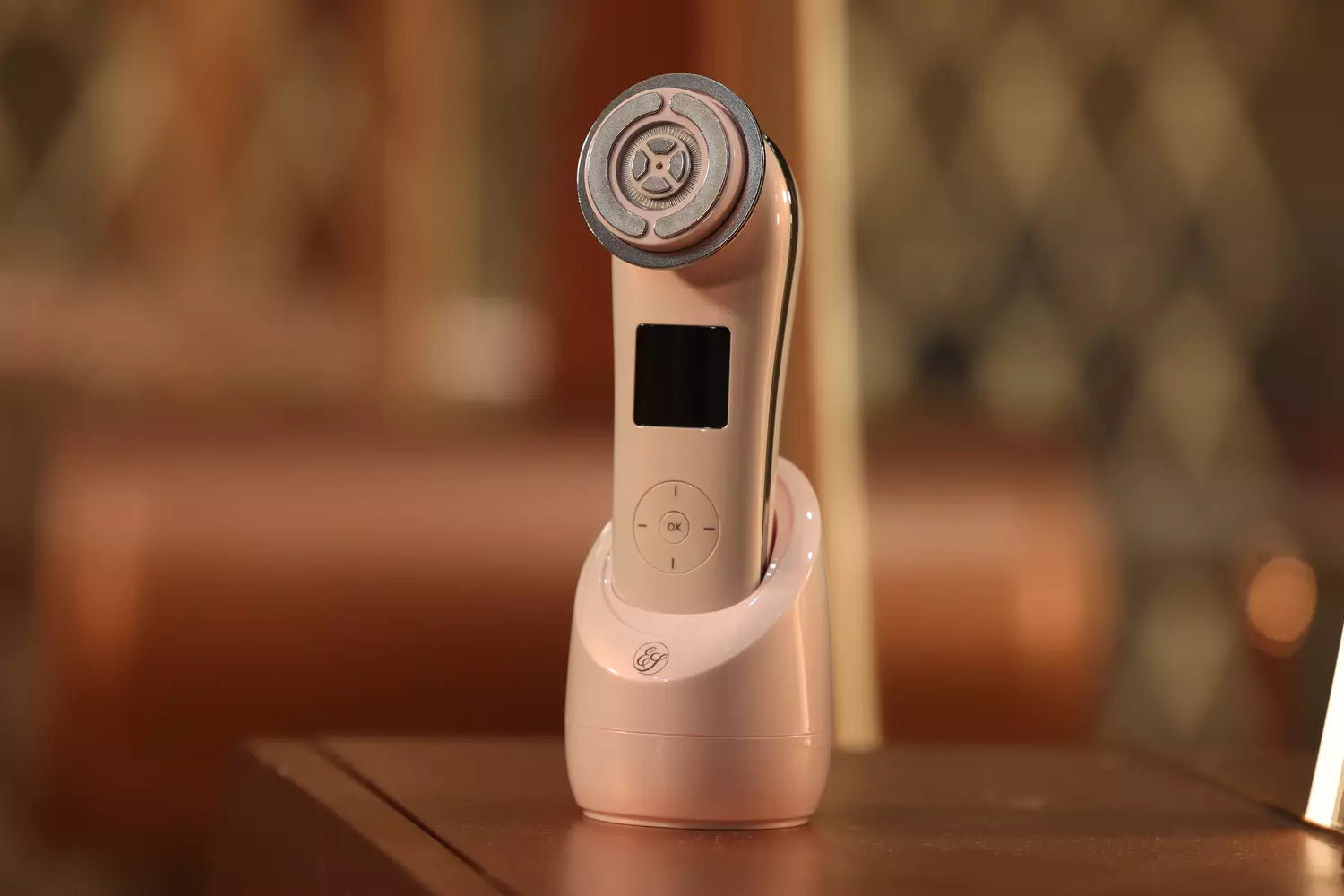
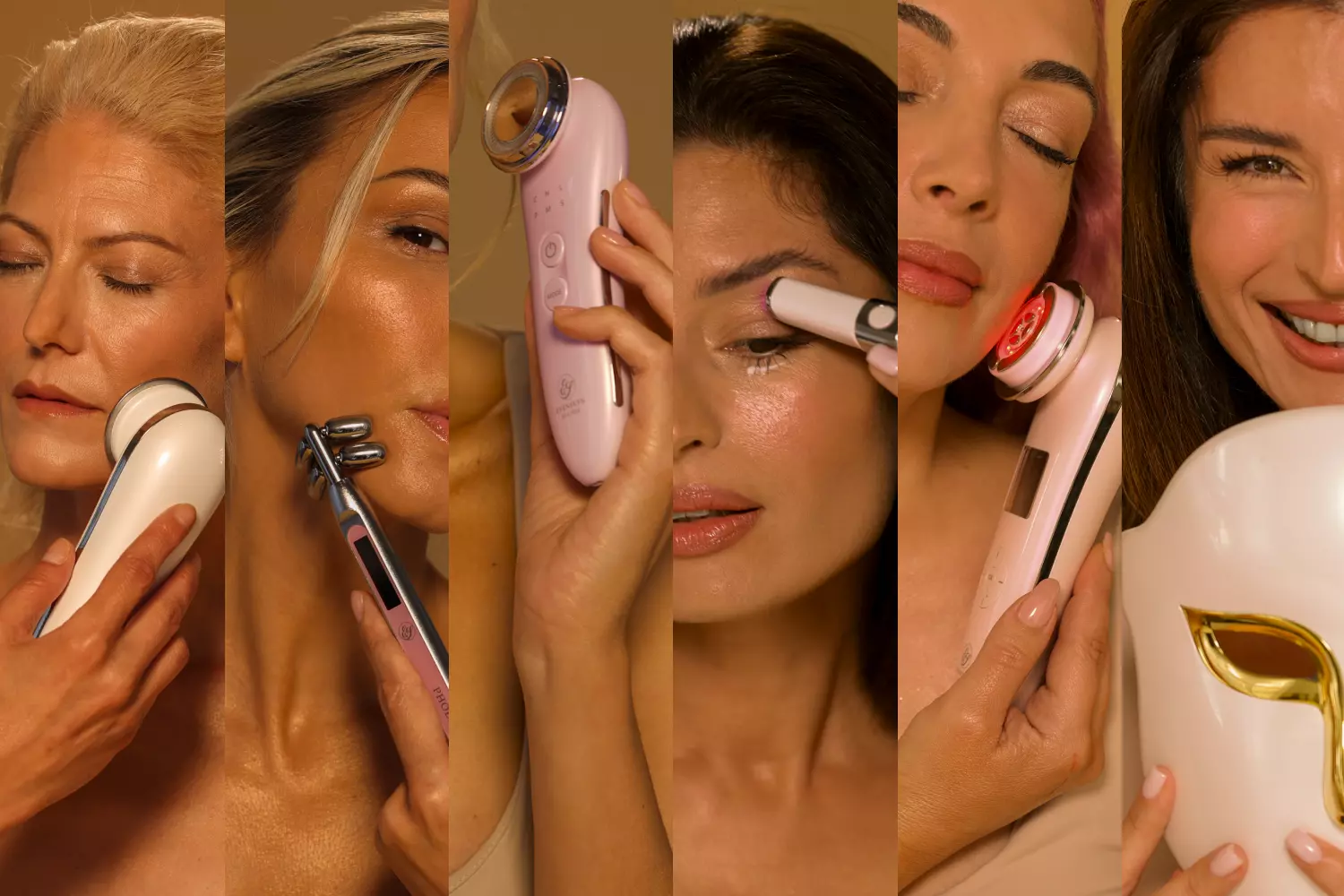
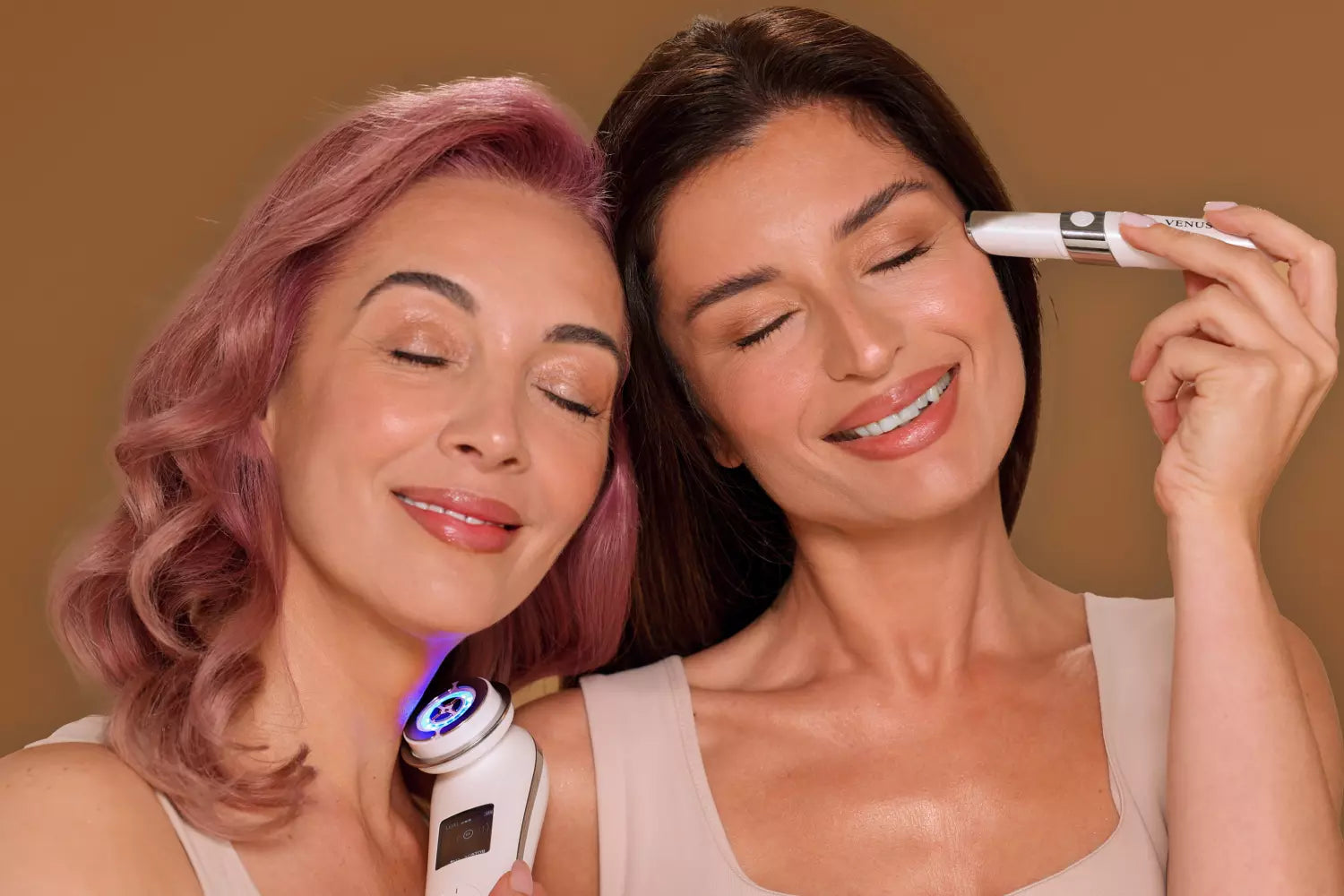
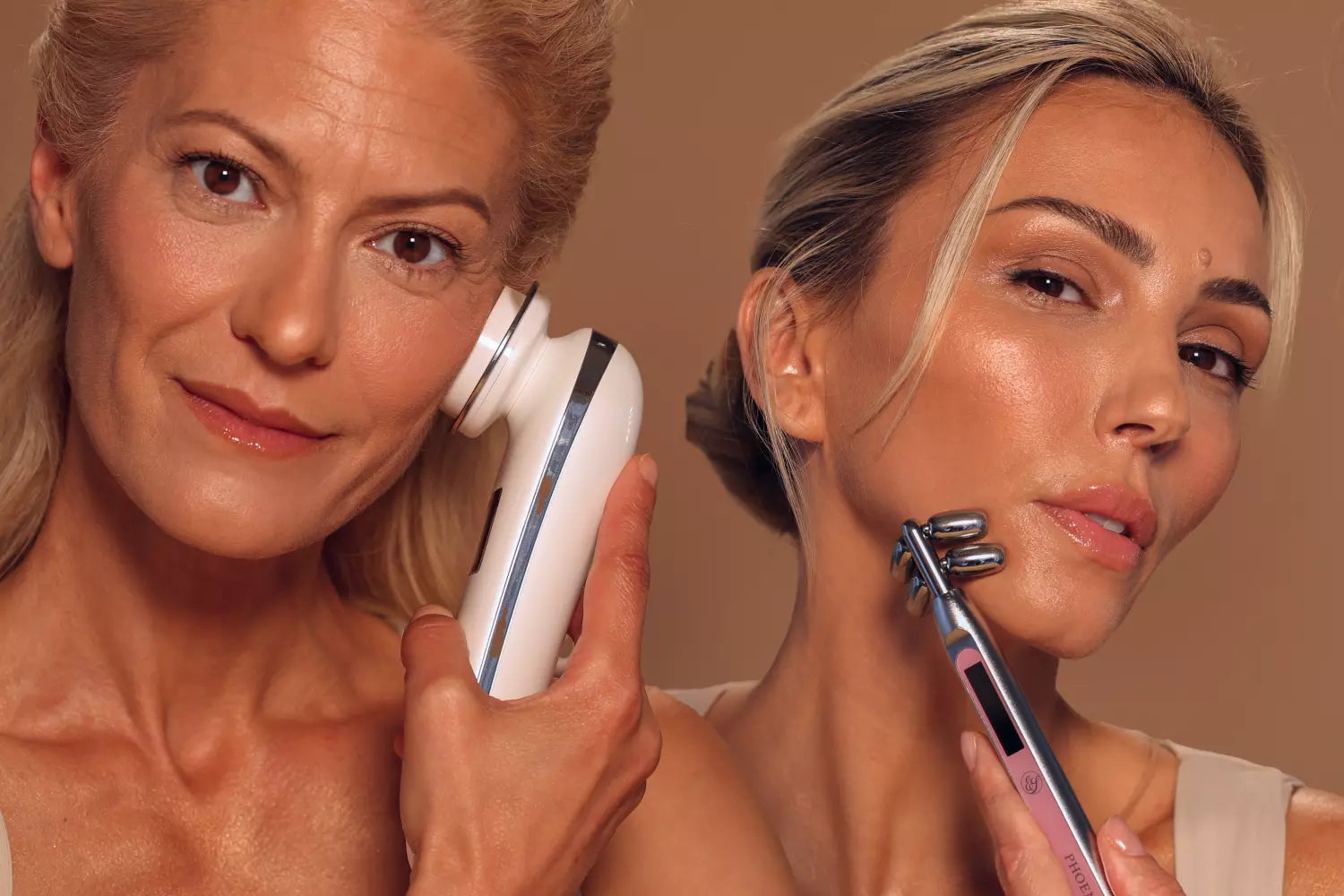
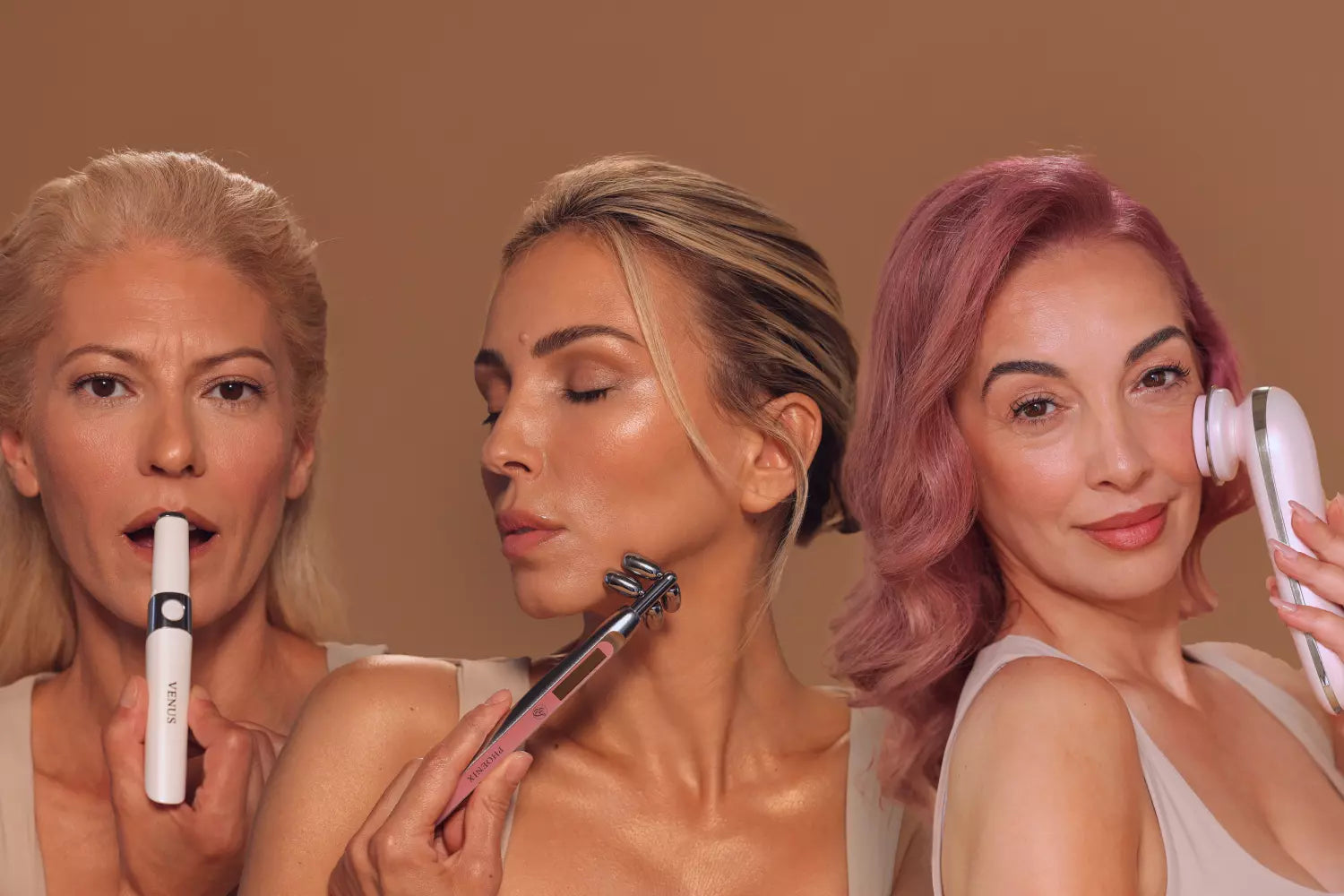
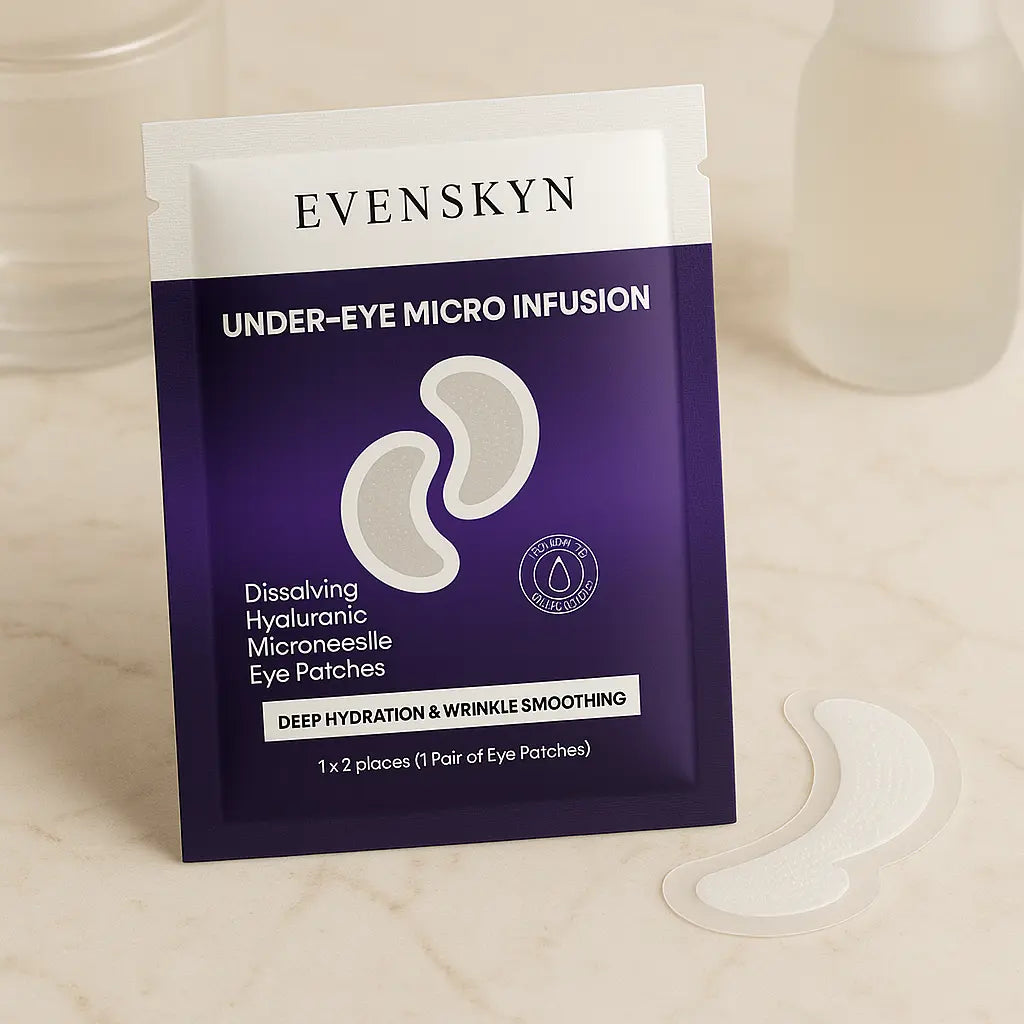
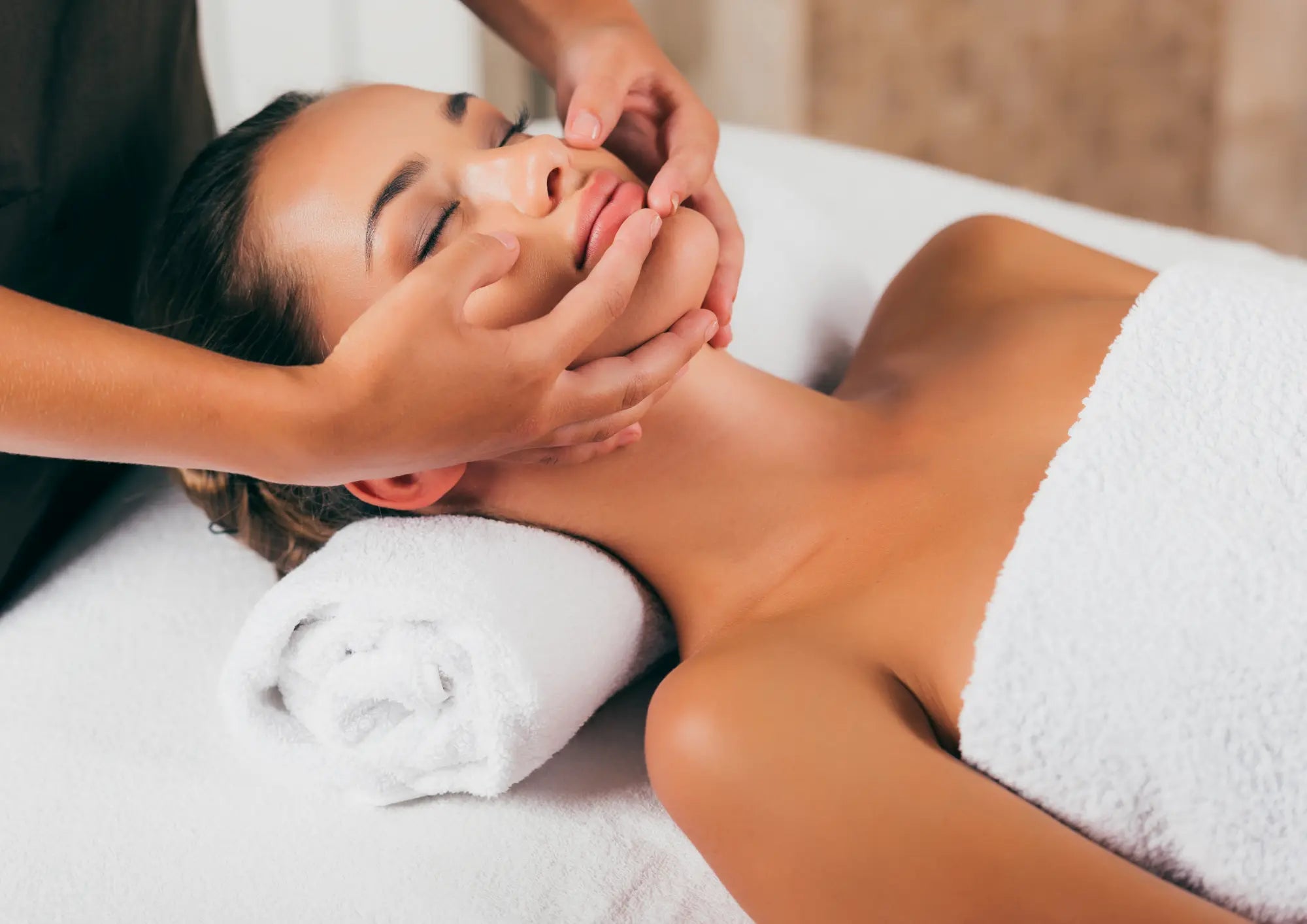
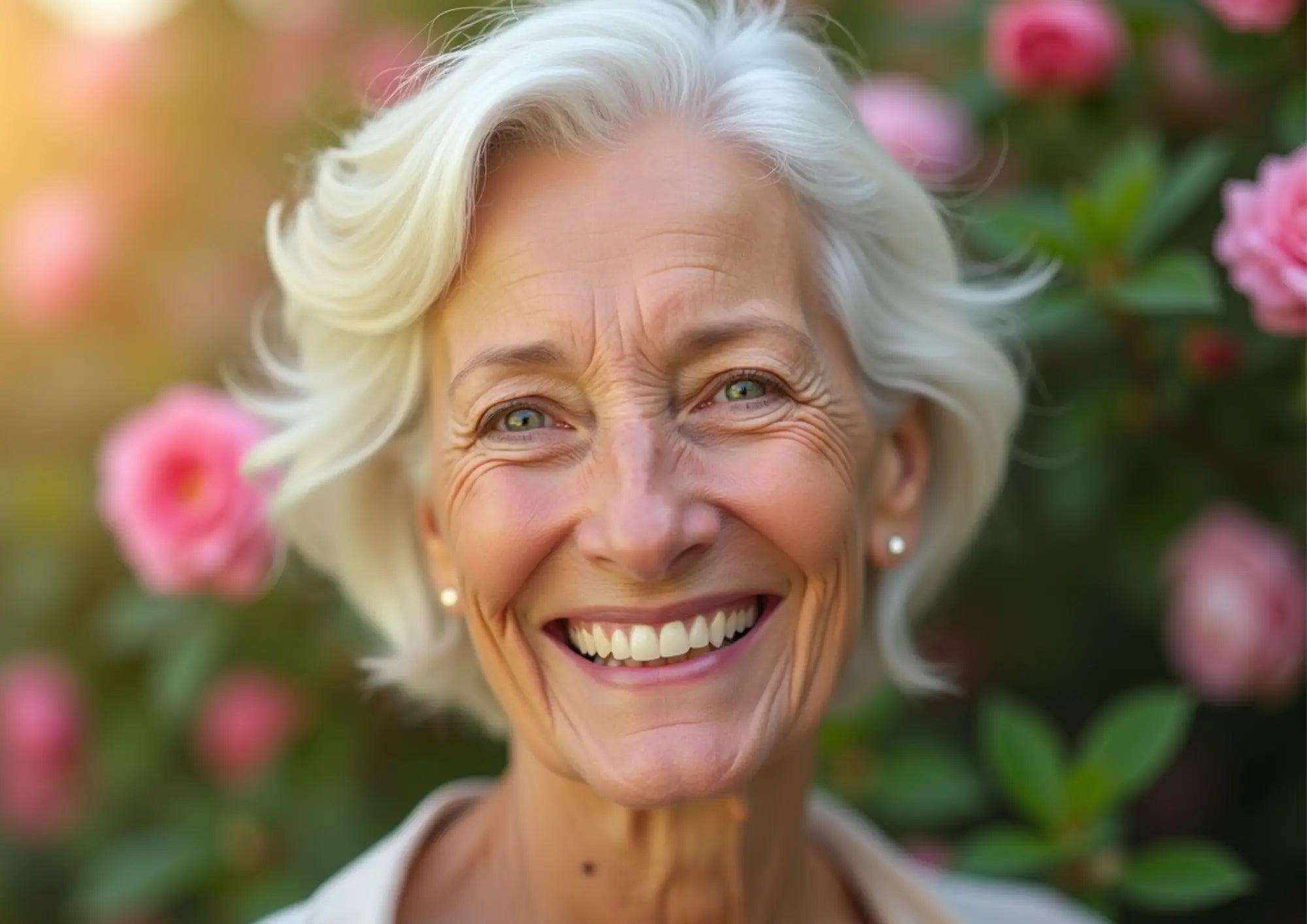
Leave a comment
All comments are moderated before being published.
This site is protected by hCaptcha and the hCaptcha Privacy Policy and Terms of Service apply.